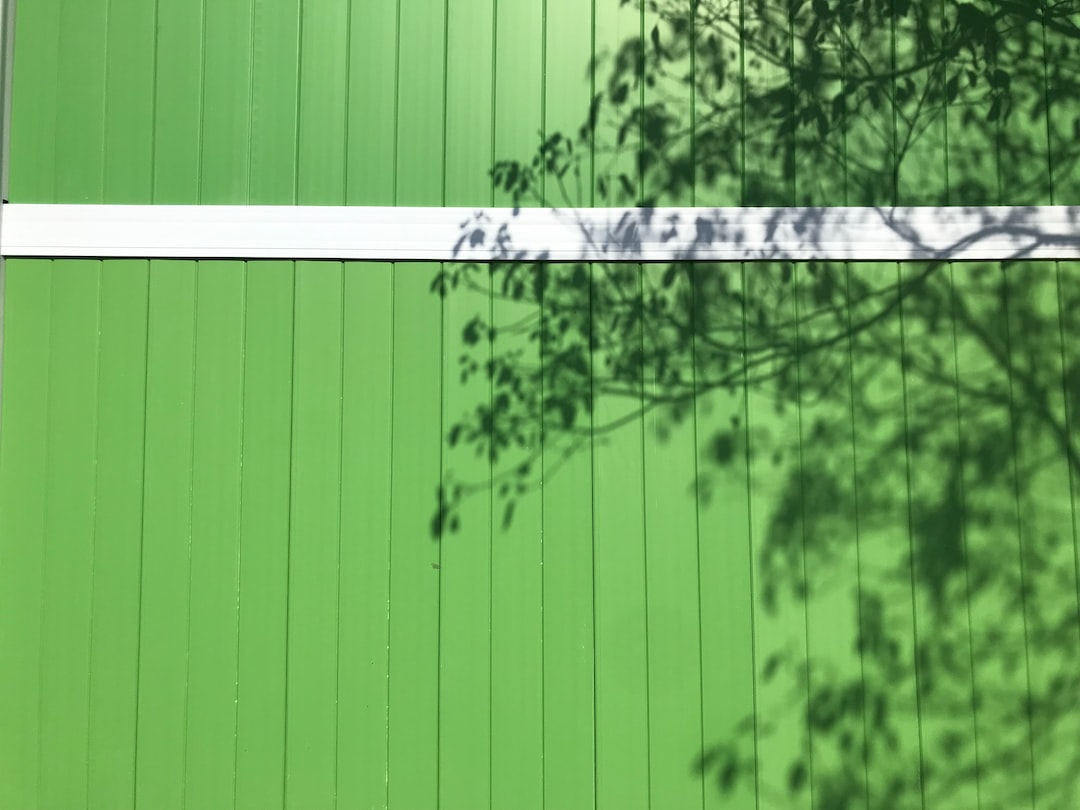Exploring Art from Non-Western Perspectives
Art has always been synonymous with culture and expression, reflecting the thoughts, beliefs, and experiences of different societies. While Western art has dominated the global art scene for centuries, there is a vast and rich world of artistic traditions and perspectives outside the Western canon.
Non-Western art encompasses a wide array of cultural and artistic expressions, including African, Asian, Native American, and Oceanic art, among others. These traditions are deeply rooted in their respective cultures and often carry profound symbolism and spiritual significance.
One of the most striking characteristics of non-Western art is its ability to transcend the boundaries of time and place. Often, these art forms have been passed down through generations, preserving ancient techniques and offering us a glimpse into the past. Through exploring non-Western art, we can discover diverse visual languages, techniques, and narratives that challenge our preconceptions and broaden our understanding of humanity.
A great example of non-Western art that has captivated audiences around the world is African sculpture. African art is known for its deep connection to spirituality and ancestral traditions. Sculptures and masks from West Africa, for instance, often represent deities, ancestors, or tribal leaders. These creations are not only aesthetically pleasing but also serve important religious and ceremonial functions within their communities.
Another fascinating perspective is found in Asian art, which encompasses countless diverse artistic traditions. From the intricate woodblock prints of Japan to the delicate ink paintings of China, Asian art offers a different way of perceiving the world. Traditional Chinese landscape paintings, for instance, often depict harmony between humans and nature, focusing on capturing the essence of the natural world rather than pursuing realism.
Indigenous art from the Americas, such as Native American pottery and Navajo textile art, is deeply rooted in spirituality and the connection with the land. These art forms have been vital in preserving cultural traditions and passing down stories and beliefs from one generation to the next. By exploring these artworks, we gain insight into the profound relationship between indigenous peoples and their environment.
Oceanic art, comprising the artistic traditions of Pacific Islands including Polynesia and Papua New Guinea, is another treasure trove of non-Western perspectives. The intricate wood carvings, tapa cloths, and ceremonial objects found in Oceanic art reflect the close ties between local communities and their natural surroundings. These artworks often convey narratives of creation, journeys, and other significant cultural events.
The exploration of non-Western perspectives in art is not only significant for understanding different cultures but also for challenging the dominant narratives and power structures that have historically marginalized these traditions. It allows us to question the Eurocentric norms that have shaped the art world and open up space for dialogue, appreciation, and exchange.
In today’s globalized world, it is crucial to embrace and celebrate diversity and recognize the importance of non-Western art. By exploring the vast array of artistic traditions outside the Western canon, we can enrich our own artistic practices, challenge our biases, and learn to appreciate the beauty and significance of all forms of art.
In conclusion, exploring art from non-Western perspectives offers a unique opportunity to dive into the rich cultural heritage of different societies. By embracing these artistic traditions, we can broaden our understanding of the world, challenge dominant narratives, and foster appreciation and dialogue among diverse cultures. Let us celebrate the multitude of artistic expressions that exist beyond the Western canon and embrace the diversity that makes our world truly beautiful.

